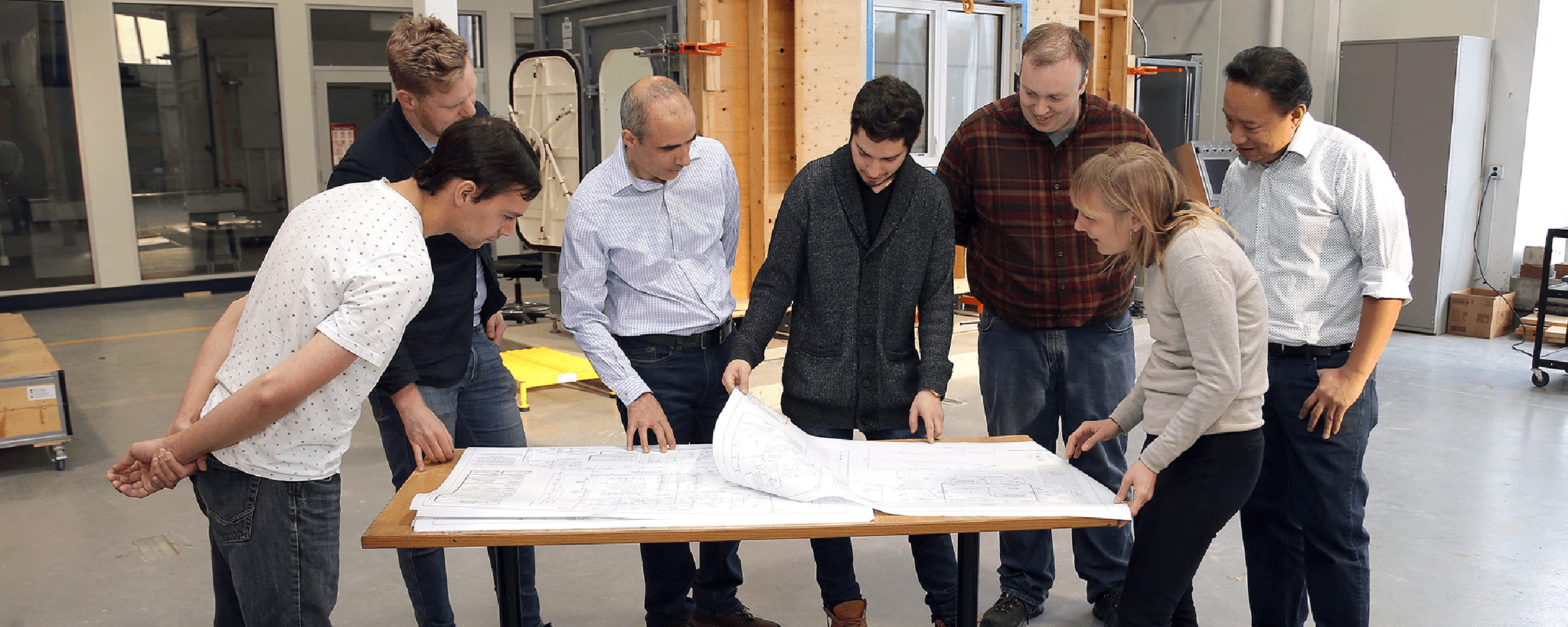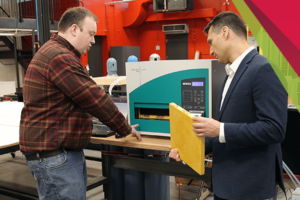



A measurement of thermal conductivity is an indicator of the ability of a material to conduct heat and can be critical for defining energy efficiency and thermal performance in materials. BETAC utilizes the Netzsch Heat Flow Meter (HFM) 446 Lambda Series Heat Flow Meter method for thermal conductivity and thermal resistance measurement, with the additional capability of measuring the specific heat capacity of materials. The equipment was designed and engineered to provide rapid results with a combination of high accuracy, repeatability, and a wide temperature range.
Thermal Conductivity Measurements
Easy and fast set up
Best Test Conditions
From Lower to Higher Conductivities
“Drive- to-thickness” Feature
Measurement of specific heat capacity (cp)
Increased accuracy
| Minimum | Maximum | Units | |
|---|---|---|---|
| Equipment | |||
| Temperature | -30 (-22) | 90 (194) | °C (°F) |
| Setpoints | 1 | 10 | N/A |
| Sample Size | |||
| Width | 300 (11.8) | 305 (12) | mm (inches) |
| Depth | 300 (11.8) | 305 (12) | mm (inches) |
| Thickness | 105 | mm (inches) | |
| Thermal Conductivity | 0.002 (0.00116) | 2.000 (1.16) | W/m∙K (BTU/(h∙ft∙°F) |
| Standard | Description |
|---|---|
| ASTM C518 | Steady State Thermal Transmission |
| ASTM C1784 | Thermal Transmission Properties of Phase Change Materials |
| ISO 8301 | Thermal insulation — Determination of steady-state thermal resistance and related properties — Heat flow meter apparatus |
| DIN EN 12664 (not HFM Large) | Thermal performance of building materials and products – Determination of thermal resistance by means of guarded hot plate and heat flow meter methods – Dry and moist products with medium and low thermal resistance |
| DIN EN 12667 | Thermal performance of building materials and products – Determination of thermal resistance by means of guarded hot plate and heat flow meter methods – Products of high and medium thermal resistance |
| JIS A1412 | Test method for thermal resistance and related properties of thermal insulations – Part 1: Guarded hot plate apparatus |
RRC Polytech campuses are located on the lands of the Anishinaabeg, Ininiwak, Anishininwak, Dakota Oyate, and Denésuline, and the National Homeland of the Red River Métis.
We recognize and honour Treaty 3 Territory Shoal Lake 40 First Nation, the source of Winnipeg’s clean drinking water. In addition, we acknowledge Treaty Territories which provide us with access to electricity we use in both our personal and professional lives.